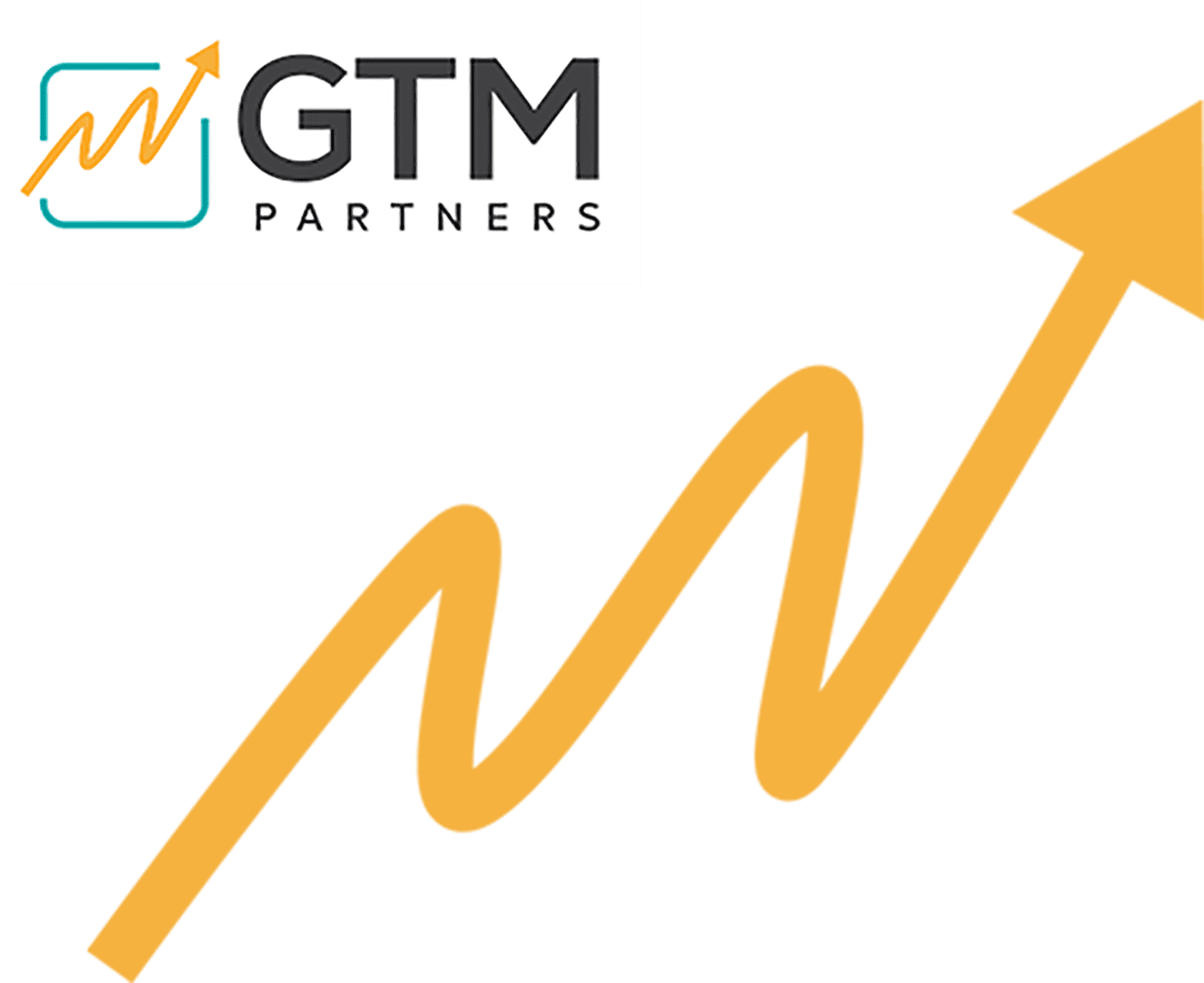Revenue Intelligence on Salesforce
Unlock powerful insights with Revenue Intelligence on Salesforce.
- October 5, 2023
Table of Contents

Revenue Intelligence on Salesforce
In the evolving landscape of business operations, data-driven decision-making is no longer a luxury—it’s a necessity. “Revenue Intelligence on Salesforce” is fast becoming an important part of business analytics. It delves into the fusion of cutting-edge revenue intelligence tools with Salesforce, the world’s leading customer relationship management (CRM) platform. This synergy is designed to harness actionable insights from sales data, enabling businesses to better understand their revenue patterns, customer behaviors, and sales processes. By leveraging advanced analytics and automation, revenue intelligence transforms raw sales data into a strategic compass, guiding enterprises toward optimized sales performance and growth.
Salesforce as the Single Source of Truth
The de facto approach to building revenue intelligence on Salesforce is by integrating all data sources into Salesforce and treating it as a Single Source of Truth (SSOT). An SSOT ensures that every department within an organization draws from one unified and accurate data source. For Salesforce, this entails a consolidated database on its platform, which becomes the main reservoir of customer and business information, eliminating the confusion of fragmented systems or spreadsheets with differing data.
a) This approach necessitates data integration by centralizing diverse datasets from a suite of tools and other third-party applications into a unified view on Salesforce. Executing data integration into Salesforce can be streamlined, requiring only tracking of data flows. Many integrations utilize no-code automated triggers, eliminating the need for manual input.
Typical Salesforce data integration activities include:
- Centralizing customer contact details.
- Recording and updating payment information.
- Archiving support service data.
- Managing and retrieving Salesforce data records.
- Facilitating data exchange between Salesforce and other platforms.
The success of these operations for a data-centric company hinges on a well-defined integration strategy and the chosen software enabling the data exchange.
b) Salesforce Reporting Tools
While Salesforce themselves have a reporting tool called Salesforce Revenue Intelligence, there are several other reporting tools that are popular on top of Salesforce.
Tableau
A dominant force in the Salesforce reporting landscape, Tableau boasts impeccable integration capabilities. It crafts interactive reports directly from Salesforce data and effortlessly imbeds visual graphics within the Salesforce interface.
Conga Composer
Conga Composer excels in generating flawless, templated digital documents from Salesforce. It supports many document formats and has centralized document storage.
G-Connector
Acting as a conduit between Salesforce.com and Google Spreadsheet, G-Connector facilitates efficient data interplay. It supports Salesforce data captures into Google Sheets with automated data transactions in real-time.
Klipfolio
A cloud-native application, Klipfolio champions real-time business dashboards, drawing from diverse data sources, including Salesforce. It is popular due to its tailored data metrics and visual aids.
Weflow
Weflow automates reporting and promises accuracy by minimizing manual data interventions.
While these tools are designed to offer insights into sales and revenue patterns, they produce what is essentially snapshot-in-time analysis and are not designed for conducting cohort-based analysis. Linking diverse data sets, especially in a time-series format, isn’t always straightforward. There may be constraints in data granularity, requiring more detailed categorization or consistent tagging. Integrating data from external systems can be complex, while the visualization tools might not suit every cohort scenario. Advanced customizations are often needed for specific cohort needs, and there’s a learning curve associated with mastering these in-depth analyses within the platform. Lastly, ensuring data consistency for accurate cohort interpretation can be a hurdle, given changes in data entry or tracking methods.
Cross-functional Revenue Intelligence
Revenue Intelligence differs from traditional Sales Operations by deeply analyzing various facets of customer data to derive insights. It’s about converting a holistic customer view into actionable intelligence. Effective realization of this demands tight collaboration across customer-interacting teams to navigate issues like data ownership and inter-departmental handoffs. If departments like sales and marketing historically lacked synergy, emphasizing a Revenue Intelligence strategy can enhance data-sharing and collaboration. The Revenue Intelligence team, as the main consumer of cross-functional customer data, is best placed to lead these collaborative initiatives.
Siloed Data
Many businesses face challenges due to data residing in multiple, non-integrated places. This fragmented data can lead to an incomplete customer view, operational inefficiencies, data inconsistencies, and delayed decision-making. Manual data entry stemming from this lack of integration can create blind spots, and maintaining data privacy becomes more complex. Solutions include utilizing integration tools like MuleSoft and Jitterbit, leveraging Salesforce’s API capabilities, and adopting strategies from the Salesforce AppExchange. Additionally, regular data audits and a strong data governance strategy are essential.
Limited Field of View
The number of fields that can be practically integrated from third-party systems into Salesforce can limit the usefulness of the analysis and lead to missed opportunities. This fragmentation complicates cross-departmental information flow, potentially causing operational inefficiencies and inconsistent customer experiences. To address these challenges, businesses would need to develop custom integrations using Salesforce’s API to connect relevant fields or engage with integration tool providers but this can substantially complicate revenue intelligence efforts and turn it into a DIY project.
Looking Beyond Salesforce for Revenue Intelligence
Though Salesforce has the potential to be a business’s single source of truth, selecting Salesforce as the enabling technology and defining critical KPIs is only the beginning of your quest for truth.
The process must also address the following questions:
- What is the source of each tracked indication, and how will that indicator be derived from the source system?
- What is the indicator’s granularity, and how does it fit into the concept for a single source of truth?
Relying solely on Salesforce as a centralized data repository can be limiting for in-depth analytical requirements. Its inherent design as a CRM may not support the granularity needed for advanced analytics. Issues like storage constraints, integration challenges, and potential performance impacts make it less ideal for detailed data warehousing tasks. It could also add significantly to the cost of Salesforce administration, which is already a significant portion of the GTM tech stack budget. For high-resolution analytics, a combination of Salesforce with specialized analytical platforms is typically more effective.
It is possible for deeper revenue intelligence to leave the data where it resides and run cross-functional analytics across end-to-end sources. For example, Salesforce and Pendo data correlation can shed light on the product usage impact on renewals. Or the correlation of data across Salesforce, Marketo and Netsuite can inform us about campaign ROI.
There are 2 possible approaches to achieve this cross-functional revenue intelligence:
Building a Data Lake
In the context of revenue intelligence, establishing a data lake for cross-functional analytics offers an advanced solution to derive on-demand, data-driven insights. By consolidating data from various sources, RevOps teams can glean more holistic views of customer journeys, lead and opportunity cycles, and revenue streams. However, the initial investment in infrastructure, integration, data quality assurance, and governance makes it a costly endeavor. While the potential for enhanced revenue insights is substantial, organizations must assess the return on investment and consider the financial implications of building and maintaining a data lake.
Deploying a Revenue Intelligence Platform
A Revenue Intelligence Platform is a new kind of software solution that leverages data analytics to shed light on revenue-centric activities. While leaving the source data in its original repositories, it connects to them and through cross-functional data correlation, it aids businesses in comprehending their revenue flow, customer behavior, and vital revenue determinants on a cohort basis or overall. For instance, it can merge data from sales, marketing, and customer success to visualize a complete customer journey. While businesses often use isolated software for tasks like CRM or marketing, this platform integrates such disparate systems. This unification allows decision-makers immediate, data-backed insights, promoting prompt and informed choices, especially in revenue and sales areas.
BigLittle RevenUp Is The End-to-end Revenue Intelligence Platform
With the Biglittle RevenUp revenue intelligence and revenue leak mitigation platform, users can build cross-functional data models that correlate data from isolated systems. This allows for on-demand, data-driven decision-making by connecting multiple dashboards, which are easy to use and highly customizable as per user requirements and helps provide a holistic view of the end-to-end opportunity flow. Additionally, users will receive alerts and actionable insights on any missing lead sources, ensuring efficient and prompt actions.
Get in touch with us today!



